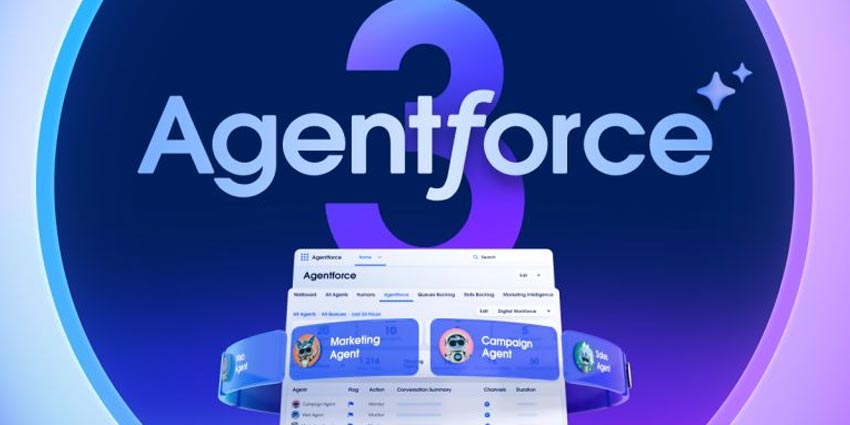HubSpot has confirmed its new seat-based pricing model will come into effect on March 5, 2024.
After, costs for new customers will rise by up to five percent.
Prices will remain the same for existing customers, but they will endure an increase at the time of their next renewal.
Yamini Rangan, CEO of HubSpot, stated that the pricing strategy shift ultimately strives to “make HubSpot easy-to-use and easy-to-buy.”
To further increase that ease-of-use, Rangan confirmed that HubSpot will remove seat minimums for Sales Hub and Service Hub.
Meanwhile, to enhance ease-to-buy, HubSpot has actioned feedback that the price jump from its starter to pro and enterprise offerings is too high.
As such, the company is introducing view-only seats, core seats for users, and specialized seats for users who need specific functionality in its Sales and Service Hubs. Rangan added:
This change will bridge the gap between starter and pro and drive more pro plus adoption and upgrades.
The view-only mode allows customers to continue viewing the CRM for free. But they’ll now need a core seat to make edits.
“This expands our ability to monetize beyond core personas to ops admin finance personas who may need more powerful edit capabilities,” confirmed Rangan.
The CEO also added that with HubSpot AI now embedded across the entire HubSpot ecosystem, customers across every tier can access AI features without additional cost.
Such a “differentiated strategy” attempts to drive further adoption of HubSpot AI and upgrades.
“We launched the seat pricing changes as a pilot in ANZ in April 2023, and we have fine-tuned our execution based on customer partner and sales feedback,” continued Rangan.
“For the global launch in March, we are hyper-focused on enabling our teams and partners to communicate the value of the changes to customers.
Overall, I’m really excited about our pricing model evolution. It’s going to make HubSpot easier to buy and easier to scale as our product grows while matching how we monetize the platform based on the value we deliver to customers.
That focus on delivering value to customers has helped bolster HubSpot’s growth over the past year, with revenues up 24 percent year-over-year (YoY) last quarter.
In addition, its stocks have reached new peaks in recent months, currently 68.25 percent higher than 12 months ago.
Rangan believes the underlying cause for such success is that customers are simplifying and consolidating on fewer, more effective platforms. The CEO confirmed: “This has translated to stable growth retention and more multi-hub wins for HubSpot.”
However, she warned that the current macro-environment – which plagued Cisco last quarter – remains a stubborn obstacle to high-speed growth.
“We continue to see cautious buying and multiple decision-makers involved in deals,” said Rangan. “Overall, we expect this choppy environment to persist.”
That said, the CEO made similar comments this time last year before enjoying a successful 2023, where the CRM stalwart gained ground in the space.
Indeed, HubSpot – alongside Salesforce – seemed a big winner in the CRM space, with Microsoft, Oracle, and SAP experiencing slower growth.
Microsoft confirmed that its new business in CRM and ERP had taken a slight hit last quarter despite the tech giant’s extended Copilot drive.







